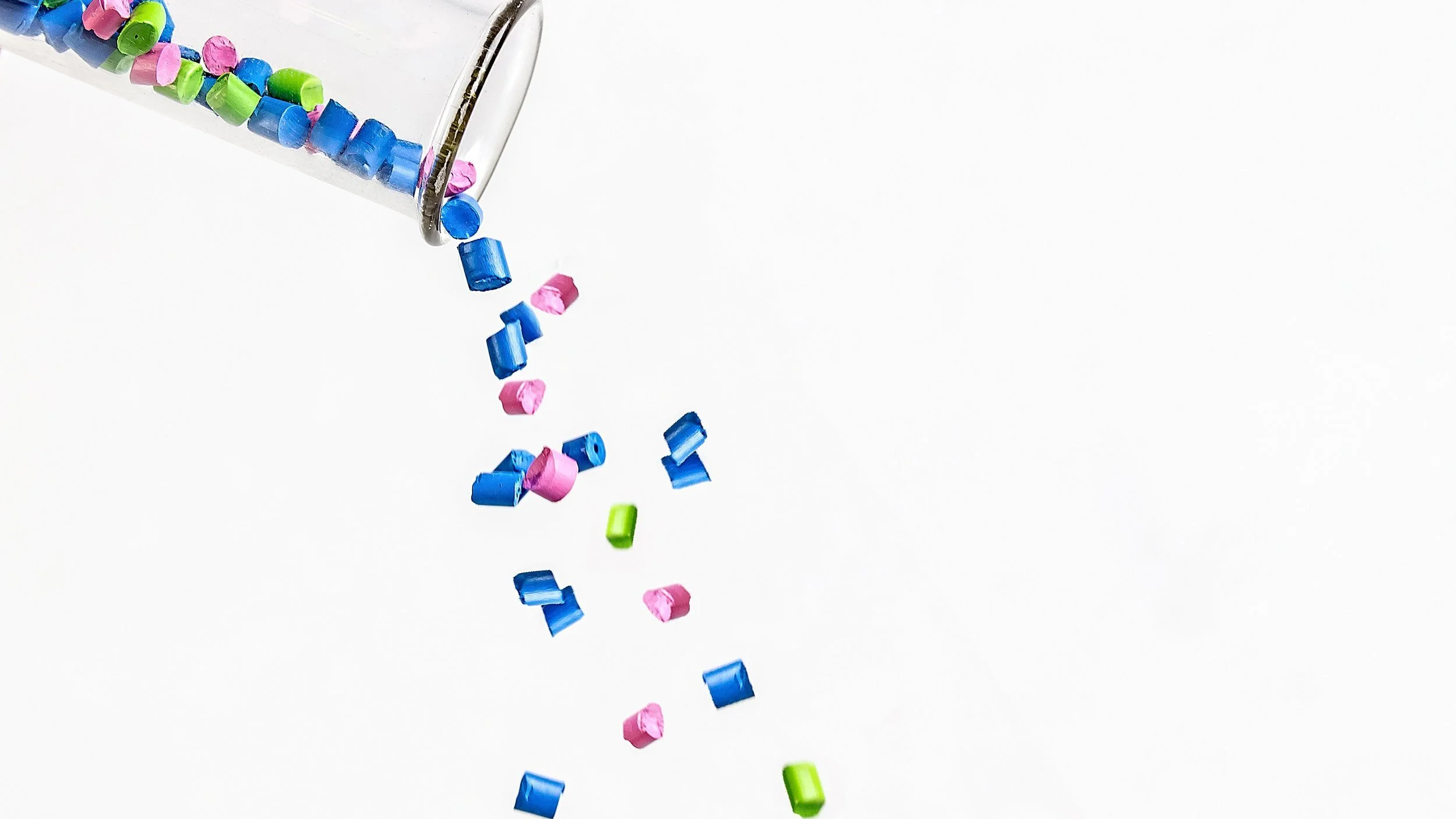From the Past to the Present: The Evolution of Plastics in Everyday Life
Take a journey through the history, innovations, and into the future of plastics—from Hermann Staudinger's pioneering polymer theory to the modern challenges facing us today. Uncover the vital role plastics play, and the responsible practices shaping their future.
The emergence of plastics has meant the overcoming of many of the traditional constraints of natural resources like wood, fur, metals, or ceramics on product design. For product developers, plastics are akin to a magical clay that can be moulded into various shapes, with hardness, elasticity, flexibility, colour, and weight, all highly customisable to specific needs. Moreover, plastics are easy and cost-effective to manufacture, rapidly revolutionising consumer markets when they first appeared.
A Brief History of Plastics
The 19th century
Celluloid was one of the earliest plastics to appear in the 19th century. It was created by American inventor John Wesley Hyatt using natural materials and was initially used as a substitute for ivory products. However, celluloid contained nitrate, making it highly flammable and prone to explosions. Nowadays, celluloid is primarily used for manufacturing table tennis balls, with only rare use in items like photographic film.
1920
The development of plastics was significantly advanced by the German chemist Hermann Staudinger, who in 1920 proposed his polymer theory. He postulated that large molecules are formed by the chemical linkage of small molecules. This discovery laid the foundation for the industrial production of plastics.
1945
During and after World War II, plastics played a significant role, both for soldiers during the war and in post-war reconstruction efforts.
1965
Swedish engineer Sten Gustaf Thulin invented the world's first plastic bag in 1965. He aimed to reduce the use of paper bags and, consequently, the overharvesting of trees.
The 21st Century
The production of plastics is part of the vast petrochemical industry, starting from the production of basic raw materials by refining crude oil or natural gas, leading to the production and processing of plastics, synthetic fibres, artificial rubbers, and other materials. A wide variety of plastic compounds have emerged, making plastic products cheap and readily available and easing the consumption burden on society's lower strata. However, the global per capita plastic consumption has surpassed 136 kilograms, leading to increasingly acute plastic pollution problems on a global scale.
Reimagining Plastics for Circular Design
While the history of plastics may not be a long one, their versatile qualities have made plastics an integral part of our daily lives. Like many man-made inventions, the creation of plastics began with good intentions, but their value has been gradually distorted due to people's desires and overuse. By examining the course of the history of plastics, we can see that what needs revaluation is not the emergence of plastics but rather human behaviour.
In addressing this concern, we aim to explore the relationship between plastics and circular design, offering accessible and in-depth insights into potential solutions. As part of our commitment to prioritizing sustainability, our circular design services provide clear and transparent information about the source of plastics in products. We collaborate with our plastic recycling consultants to design pathways for easy reuse or recycling at the end of a product's lifespan.
If you would like to discuss more about circular design for plastics, please feel free to leave a comment or message us for more information.
We care, We connect, We find better ways.

